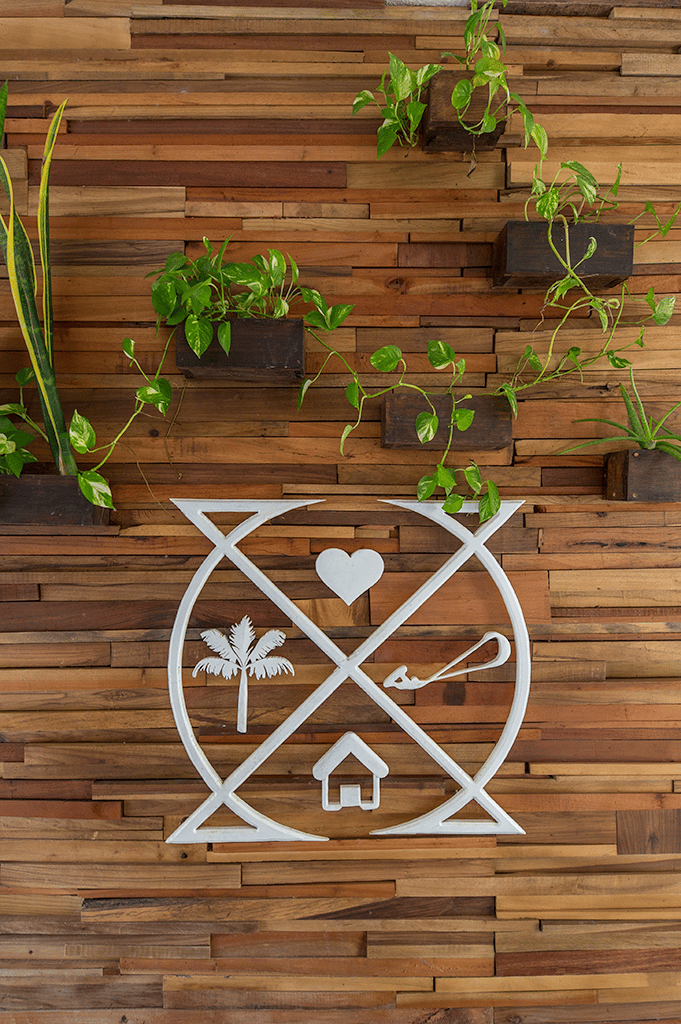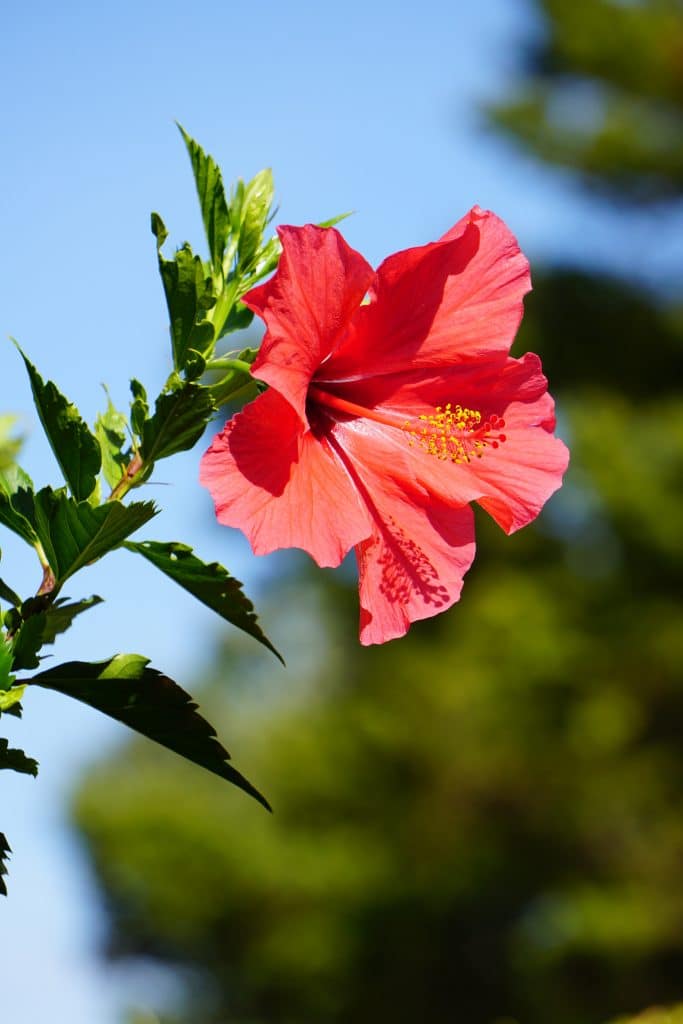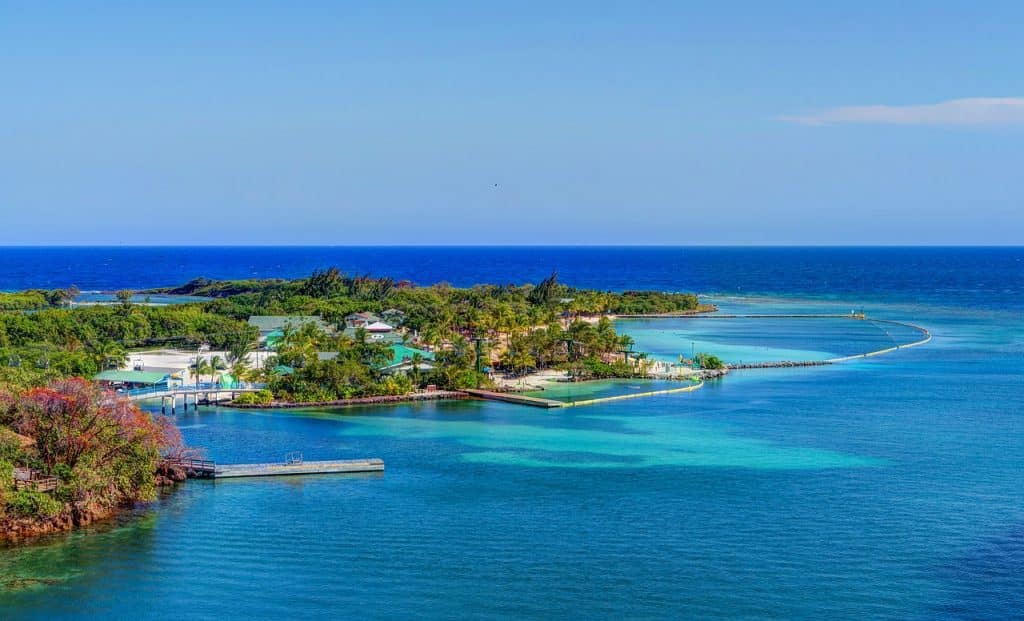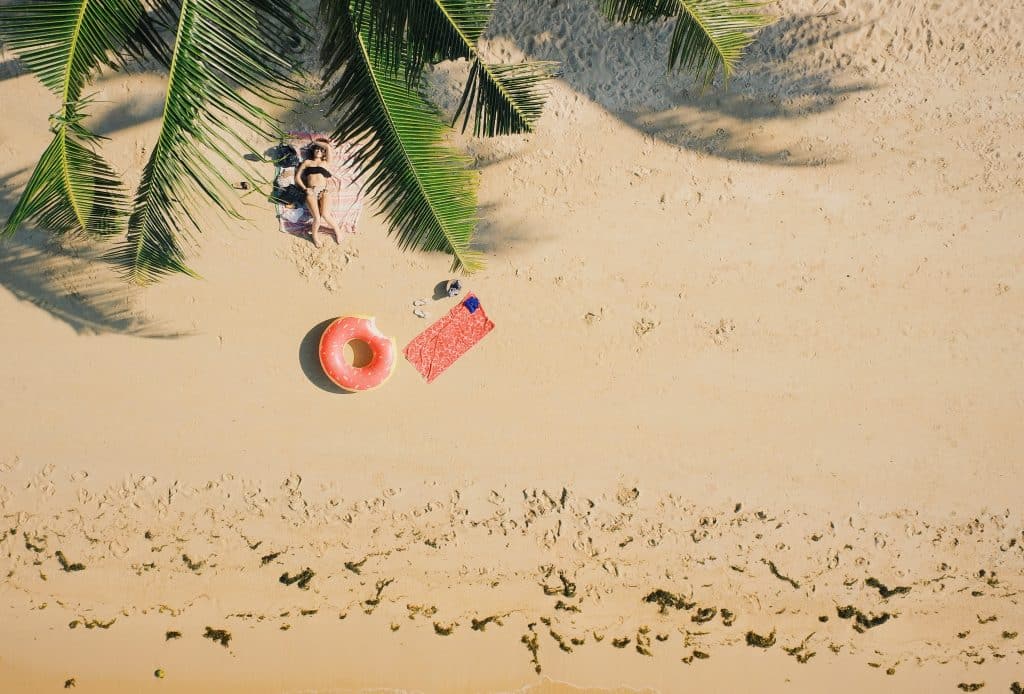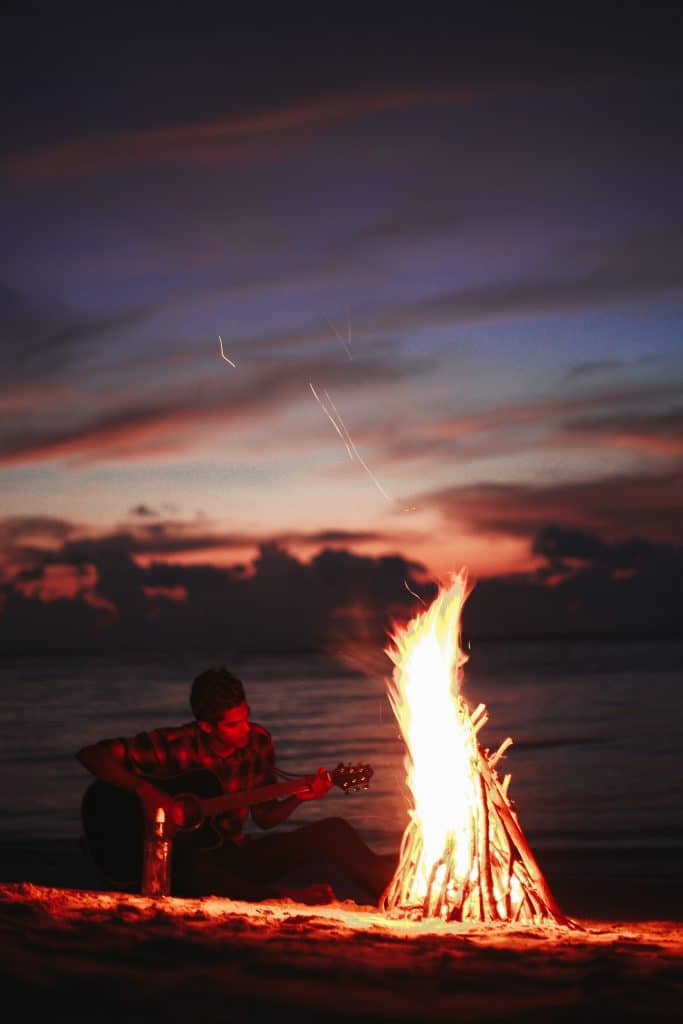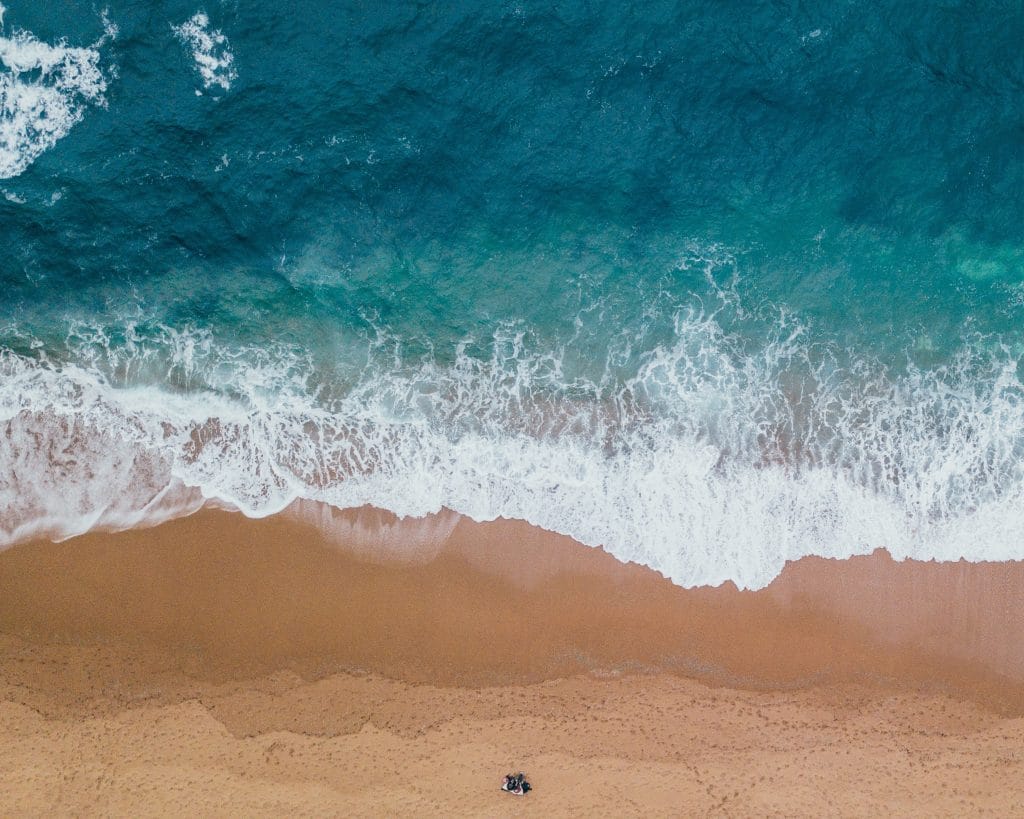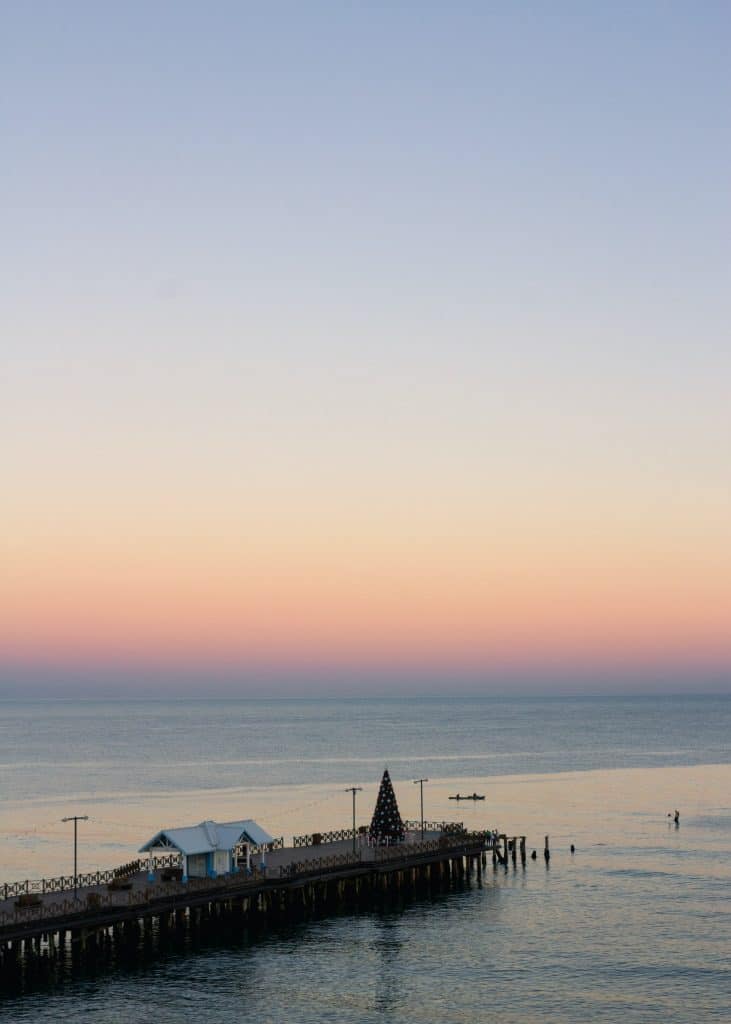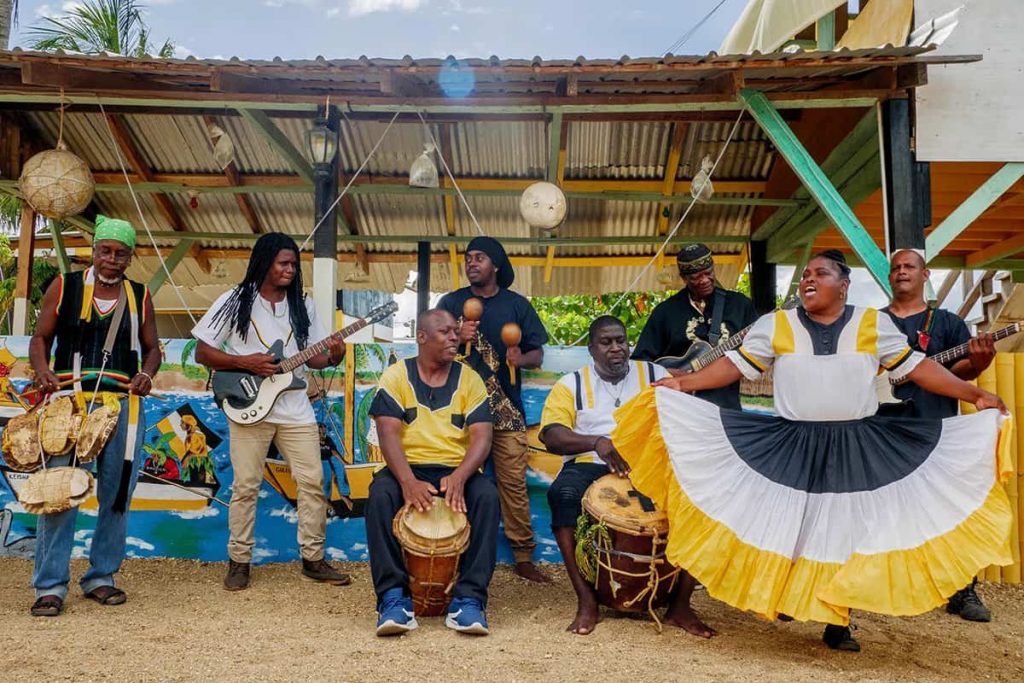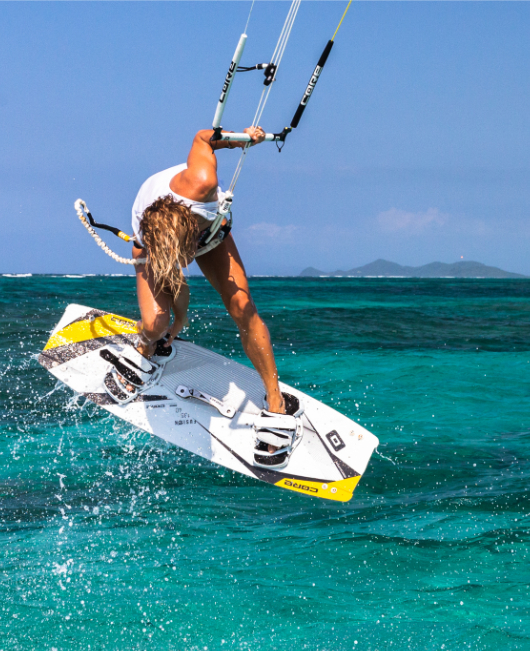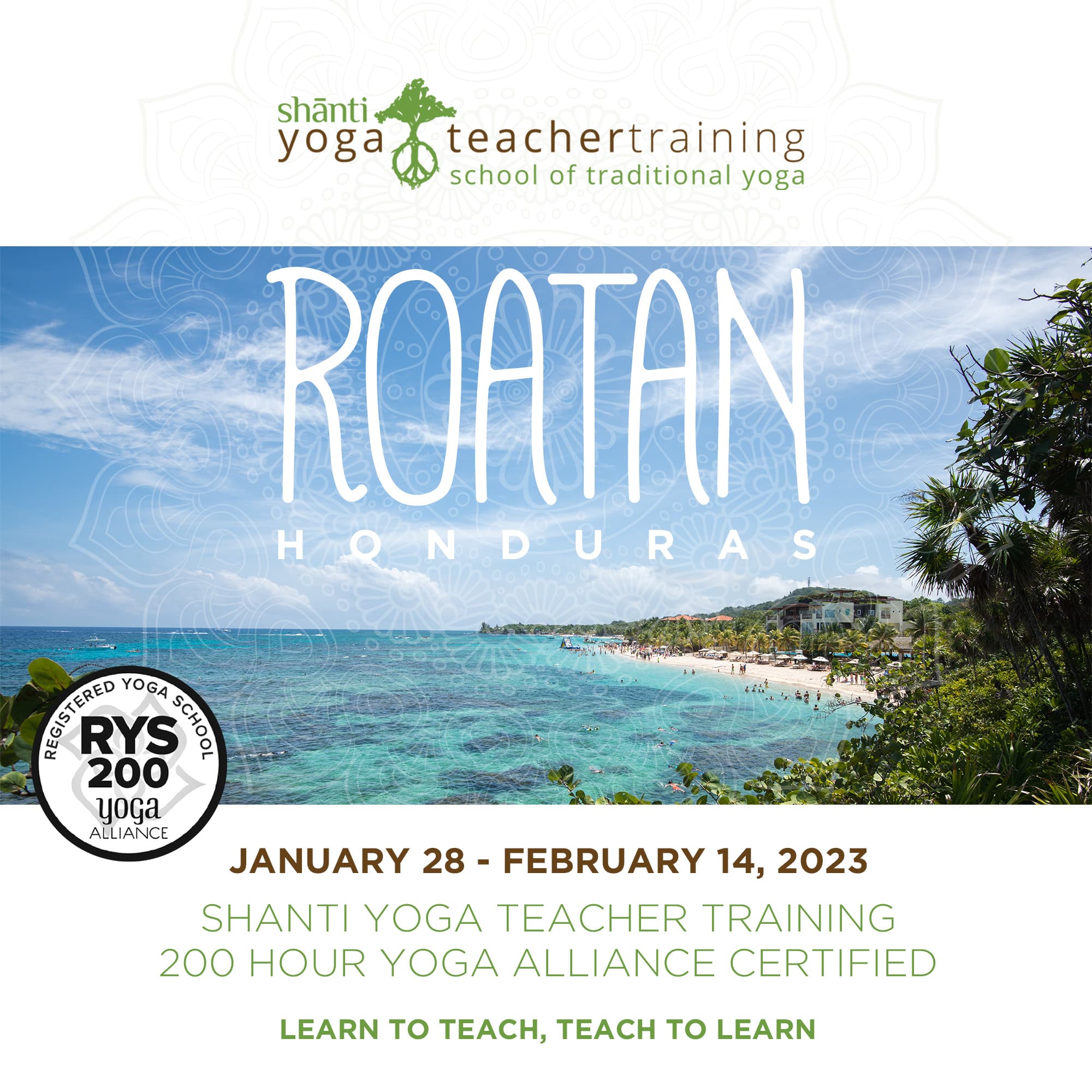Despite belonging to Honduras, Roatan and the other Bay islands couldn’t be more different. The history, language, weather and culture of Roatan is more closely linked with the Caribbean, with of course other worldly influences as a result of the colonial history, and influx of tourism in the last few decades. If you’re wondering why you should visit Roatan, keep reading to learn Everything You Need to Know About Our Island Paradise!
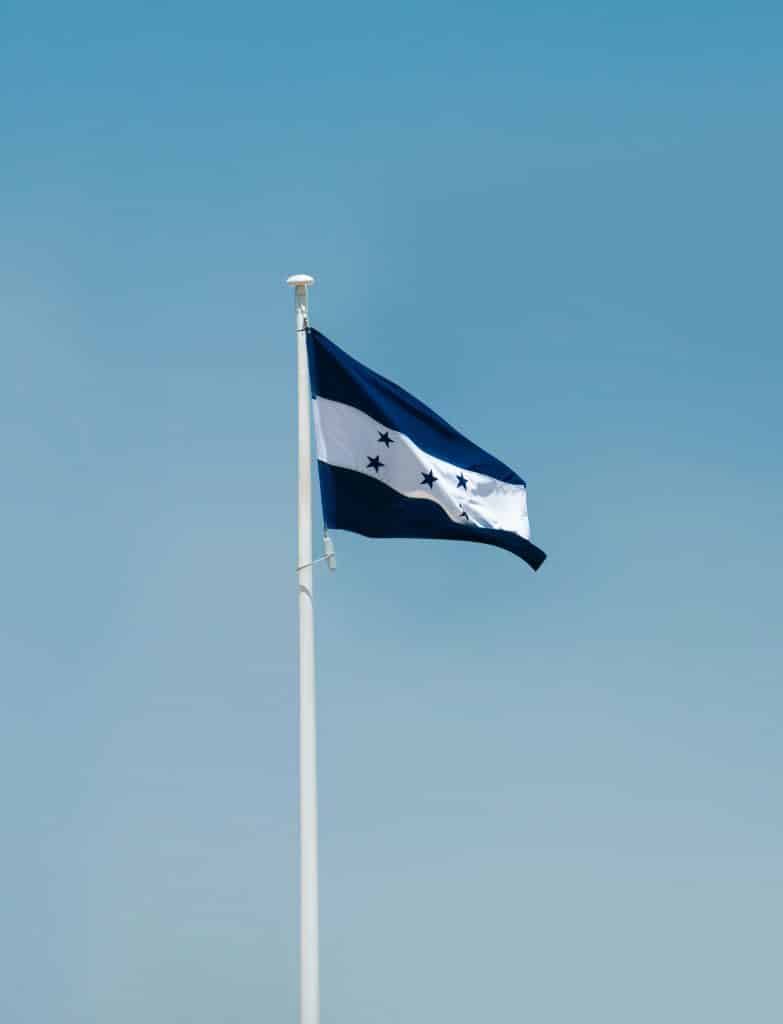
History
Roatan, like many Caribbean islands, has a long and interesting history, with many changes taking places due to the arrival of European travellers, the Atlantic Slave Trade, the abolition of slavery and the boom in the tourist industry after the Second World War.
Many of the native peoples died as a result of the European illnesses that were carried over by colonisers, and many new settlers, traders, navies and pirates frequenting the island caused a great deal of upheaval for many centuries. The Spanish colonists were ransacking the lands to bring treasures back to Royalty in Europe, however, they often encountered pirates, who, according to legend, hid a great deal of treasure that can still be found in the island’s caves today.
For the majority of the 17th century, Roatan was a British colony, although many battles with the Spanish over dominance in the Caribbean meant the island changed hands relatively regularly. However, after the British defeated the French in St Vincent in 1797 and deported the Garifuna people to Roatan, a large percentage of Garifuna people migrated to Central America, while many others formed communities on Roatan, including the town of Punta Gorda towards the East.
Just three decades later, after the abolition of slavery in British colonies, many former slaves and slave owners, travelled from the neighbouring Cayman islands to settle in Roatan, who now form the majority of the island population.
Around 1860, Roatan became a Honduran state and steadily the population of the island grew with Spanish speakers. However due to the rapid increase in tourism in more recent years, a large part of the island hails from English-speaking countries of USA, Canada, the United Kingdom, Australia and South Africa, in turn bringing more Hondurans to the island to work in the tourism industry.
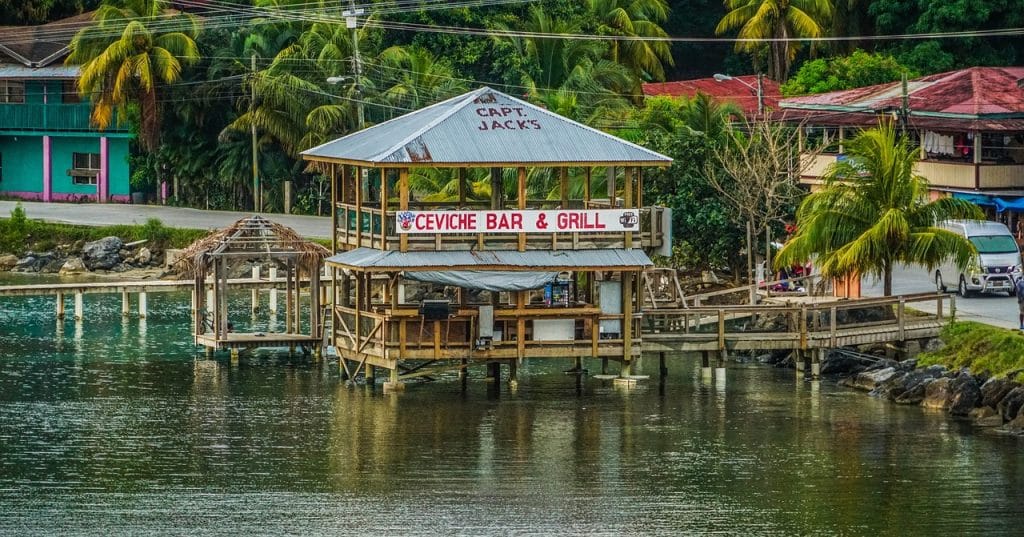
Weather
The weather in Roatan holds more misconceptions, as it doesn’t share exactly the same seasons as Central America. Rainy season in Roatan takes place from October to December, with short periods of rain in January, but despite the name, it’s not constant rain, but rather intermittent showers.
The rest of the year sees bright sunshine, with the annual temperature on the island reaching 32°C (89.6°F) and only dropping to 25°C (77°F). There’s also usually wind coming from the East so the water on the Southside has a stronger current than the north shore; that’s why Roatan is one of the best places to dive in the Caribbean.


Activities
Originally a touristic spot for divers, there are plenty of activities on the island, both in the sea and on the land.
Aquatic activities
Scuba diving is one of the most popular activities in Roatan due to the location next to the largest barrier reef in the northern hemisphere, which provides an array of fish and coral to discover. Every May there is a freediving competition which can be viewed by spectators in West Bay Beach.
If you still want a look at the aquatic animals but aren’t into diving, there are plenty of snorkelling opportunities across the island too; when the water is calm, you can see the many fishes on all sides of Roatan’s coast. It’s also a popular spot for fly fishing due to the biodiversity in the surrounding waters.
If you want to stay above the water, Roatan’s only kitesurfing school is located in Camp Bay in the east of the island, which is the main kite location on the island but they also take visitors daily to the best kitesurfing spots in Roatan via boat.
It can be very pleasant to take in the island from a different perspective and kayaking or stand up paddleboarding are fantastic ways of doing so in a calm way. Camp Bay Lodge offers opportunities for SUP board and kayak rentals in Roatan.
Exploring the Land
Roatan also has much to offer on the land, thanks to the beautiful green ridge that runs through the island. You can easily hike through the ridge from the east side and take in the stunning views of the northern and southern coastline from the same spot. Book a guided hike here.
You can also experience an aerial view of the island with several different ziplining parks in the west end of the island.
For calmer activities while you enjoy your stay in Roatan, Camp Bay Lodge has weekly yoga sessions with a beach view as well as opportunities for different water sports. Find out more here.
Visit Roatan
Although it’s a small island, Roatan has plenty to see and do, and it may seem a little daunting to organise your stay to make the most of your days and ensure some time to unwind.
















